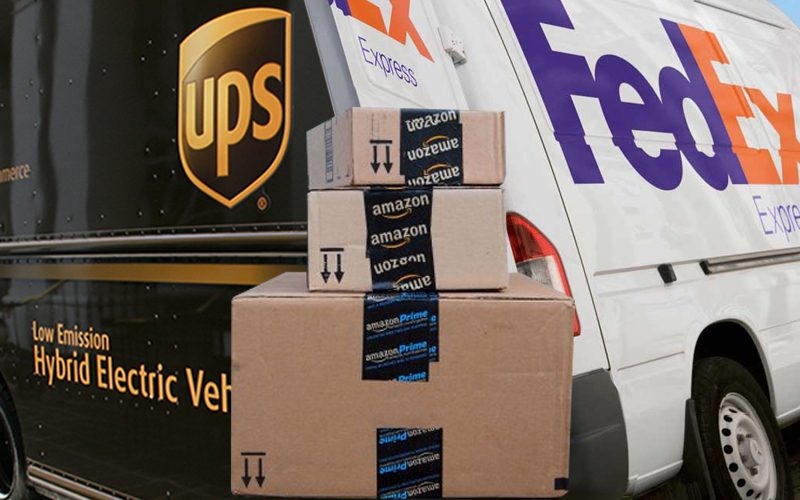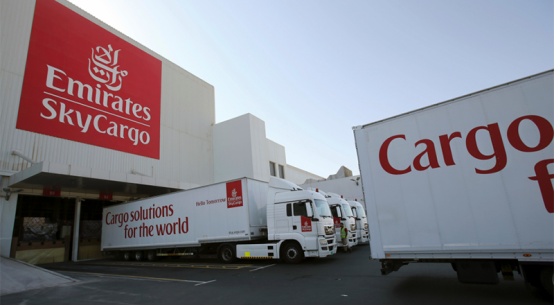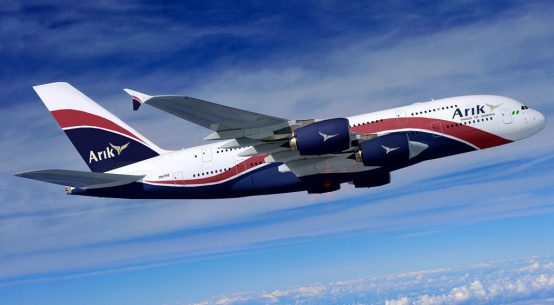
If your delivery arrived late this holiday season, you aren’t alone. A post-holiday analysis of deliveries performed by LateShipment.com found that both UPS and FedEx struggled to process record-high delivery volumes.
The shipment-tracking company’s CEO Sriram Sridhar said that, when it came to ground shipments, both UPS and FedEx, “had alarmingly high late delivery rates during the holiday season, with many major common shipping types performing two to three times worse than other time periods during the year.”

In a sampling of data that was shared with Air Cargo World, covering shipments between Nov. 27 and Dec. 24, LateShipment found the following:
- For 9,208 UPS 2nd-Day Air shipments tracked, 1,216 were delivered late.
- For 56,822 UPS Ground shipments tracked, 7,605 were delivered late.
- For 749 UPS Next Day Air shipments tracked, 243 were delivered late.
- For 107,285 UPS Standard shipments tracked, 20,118 were delivered late.
Sridhar’s analysis differs from most of the post-holiday season analysis, which largely commended the integrators on their handling of the surge in e-commerce deliveries. Bloomberg’s Michael Sasso, for example, wrote that “United Parcel Service Inc. and FedEx Corp. delivered almost all of people’s presents by Christmas Day, with the former company finishing strong after a bruising late November.”
That’s not always good enough, says Sridhar, especially if customers expected their packages earlier. He is using his company’s findings to call for accountability. “Both carriers suspended claims for ground shipments during the holiday season and relaxed delivery guarantees by up to several hours for other shipping types, taking away the ability that businesses have to hold them accountable for delays.”
 Jim Mayer, public relations manager for UPS Airlines, told Air Cargo World that, “While we don’t comment specifically on outside performance estimates, which can vary widely in their methodology and accuracy, overall UPS performed well during peak season, with the vast majority of customers receiving their packages on time,” he said. “The company experienced higher-than-planned demand during Cyber Week, which impacted on-time service delivery in select markets, but those issues were quickly resolved after we shifted employees and resources to those areas.”
Jim Mayer, public relations manager for UPS Airlines, told Air Cargo World that, “While we don’t comment specifically on outside performance estimates, which can vary widely in their methodology and accuracy, overall UPS performed well during peak season, with the vast majority of customers receiving their packages on time,” he said. “The company experienced higher-than-planned demand during Cyber Week, which impacted on-time service delivery in select markets, but those issues were quickly resolved after we shifted employees and resources to those areas.”
UPS estimated that it delivered about 750 million packages this holiday season, which Mayer said was about five percent more than 2016’s holiday volume of more than 712 million packages. That adds up to about 40 million more packages than last year. “The vast majority of packages were delivered in accordance with the service commitments for the specified time-in-transit. Further details will be available when UPS issues its quarterly earnings report on Feb. 1.”
Mayer also said that there was, a “wide difference in opinion,” regarding UPS’s performance.
It’s worth noting that LateShipment.com’s business model is predicated on collecting refunds for delayed shipments.
LateShipment.com said that the delays were more pronounced in urban areas. Less populated states in the central parts of the U.S. were not as severely affected during the holiday rush. “It is also interesting to note specific states have seen one carrier perform far better or worse than the other, which indicates how local delivery networks and issues with them can cause worse performance in specific areas for a certain carrier,” Sridhar said. He cited the example of UPS performing far worse than FedEx, with respect to on-time deliveries in the Southeast, in states such as Florida, Georgia and South Carolina, where UPS on-time delivery rates were “about twice as bad as FedEx.”
What steps should the integrators take to offset these delays, or are they inevitable?
Sridhar told Air Cargo World that “the uptick in shipping delays, especially during the busy holiday season is inevitable; however, that does not mean that integrators cannot do anything to minimize the probability of their shipments being affected.” He said that available strategies included working with multiple carriers and switching between them when necessary and “considering other shipping types for specific shipments that are very time sensitive, even if it involves a cost premium.”
For more Logistics News, Follow us on TWITTER Follow us on FACEBOOK
With a wide spectrum of visibility options on the table, Sridhar also said that integrator often knew about delays well in advance.
“Now, technology has progressed to an extent where it can automatically predict delays, raise alerts about packages that require attention and keep customers proactively informed about a delivery issue,” he said.
“Using such technology tools to keep customers informed during the last mile delivery process often means that no customer goodwill is lost even when an unavoidable late delivery happens.”








